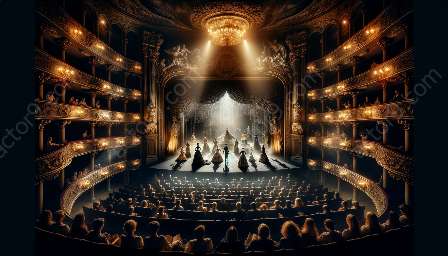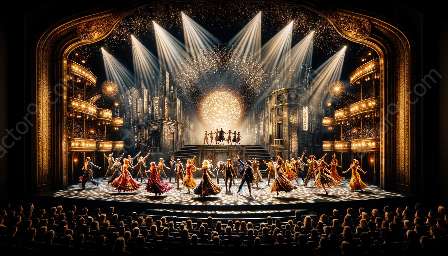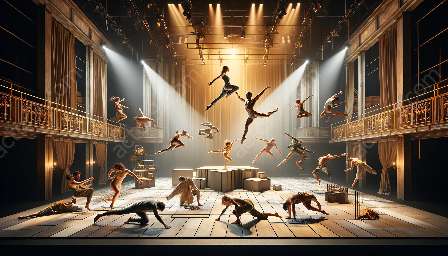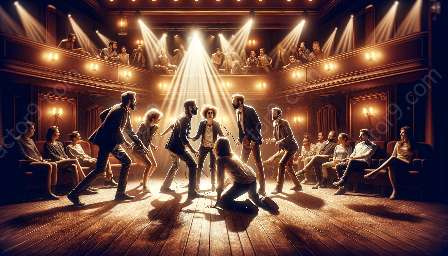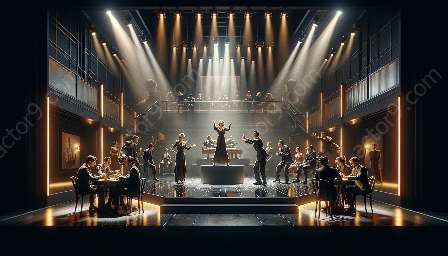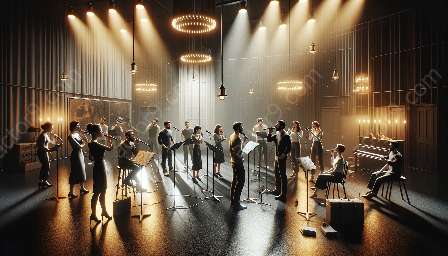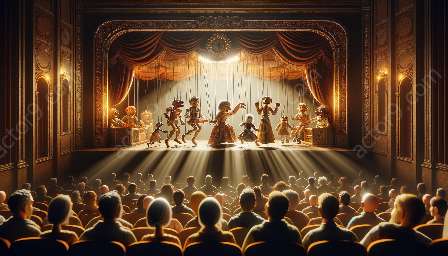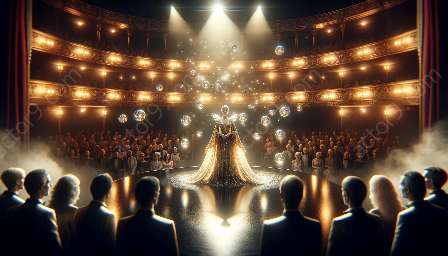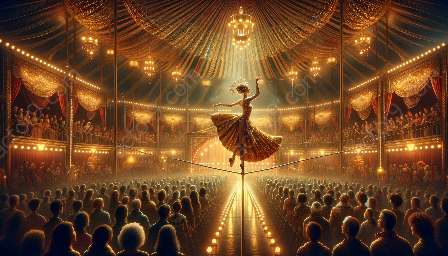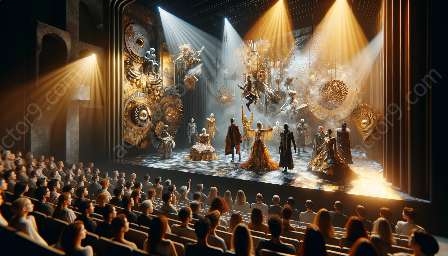Improvisation in theatre is a vibrant and spontaneous form of performance that has significantly influenced the world of acting and theater. In this comprehensive guide, we'll delve into the techniques, history, and impact of improvisation, and its compatibility with performing arts and arts & entertainment.
Understanding Improvisation
Improvisation, often referred to as improv, is the act of creating and performing spontaneously without preparation. It is a fundamental element of live theatre, demanding quick thinking, creativity, and collaboration among performers. In the world of performing arts, particularly acting and theater, improvisation plays a crucial role in honing an actor's skills and fostering a deeper connection with the audience.
Techniques of Improvisation
Improvisation involves a range of techniques that enhance spontaneity and creativity on stage. These techniques include:
- Yes, and...: This classic principle encourages actors to accept and build on each other's ideas, fostering collaborative storytelling.
- Status Play: Exploring the dynamics of power and status within a scene, adding depth and nuance to character interactions.
- Character Transformation: Actors fluidly shift between characters, often without predetermined plans, showcasing their versatility and adaptability.
- Environmental Work: Creating imaginary environments with physicality and detailed descriptions, enriching the onstage world.
The History and Influence of Improvisation
Improvisation has a rich history in theatre, dating back to ancient forms of storytelling and performance. It has evolved over time, becoming a cornerstone of comedic and dramatic performances. Improv groups and theaters have gained widespread popularity, contributing to the growth of arts and entertainment. The influence of improvisation extends to not only traditional theatre but also contemporary performance art, comedy shows, and interactive experiences.
The Impact of Improvisation
The impact of improvisation on performing arts and arts & entertainment is profound. It fosters spontaneity and authenticity, allowing actors to respond in the moment and connect with audiences on a deeper level. Moreover, improvisation serves as a valuable tool for creative exploration and the development of unique performances, pushing the boundaries of traditional theatre.
Compatibility with Performing Arts and Arts & Entertainment
Improvisation perfectly aligns with the world of performing arts, including acting and theatre, as it cultivates essential skills such as adaptability, creativity, and collaboration. In arts & entertainment, improvisation continues to captivate audiences, offering refreshing and unpredictable experiences that keep the industry dynamic and exciting.
As the art of improvisation in theatre continues to evolve, its influence on performing arts and arts & entertainment remains undeniable, serving as a testament to the enduring power of spontaneous creativity and live performance.

